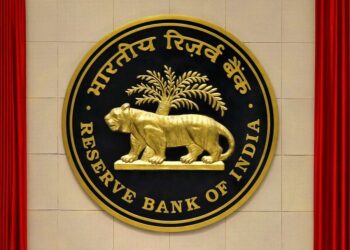In today’s age when everything has become smart and digital, fraudsters have become smarter.
The recently released Reserve Bank of India (RBI) annual report for the fiscal year 2022-23 has brought to light a surge in digital payment frauds, presenting a significant challenge for banks.
Digital payment frauds reached an all-time high during FY23, with banks bearing the brunt. A staggering 13,530 fraud cases rocked the banking system, Almost half of them falling under the digital payment category.
While loan portfolios had previously been the primary target of fraudsters, the landscape has shifted to no good. Digital payment frauds have taken precedence. This indicates an evolving approach of fraudsters to exploit vulnerabilities in the digital ecosystem.
Amidst the rise in fraud cases, there is a silver lining. The report highlights a 49% decrease in the overall amount involved in reported frauds during FY23 compared to the previous fiscal year giving the banking sector some breeze.
In terms of monetary value, the report states that banks reported the highest fraud amounts, reaching Rs 28,792 crore, in previous years. And this amount closed at Rs 276 Crore in FY23.
Which sector has the most cases?
Examining fraud cases across different bank groups reveals a parallel battle. Private sector banks have small-value card/internet frauds. On the other hand, public sector banks contributed the largest share of fraudulent amounts, accounting to loan portfolios.
What is the reason behind the increase in fraud?
The report raises concerns about the time lag. Meaning the difference in time between the occurrence and detection of fraudulent activities. A significant portion of frauds reported in both 2021-22 and 2022-23 were incidents that had occurred in previous fiscal years. Such insights highlight the need for improved vigilance and preventive measures.
What measures are taken to combat fraudsters?
RBI has urged all lending institutions to enhance the accuracy of data in Fraud Monitoring Returns (FMR) submitted by banks. It is essential for them to provide credible proof and evidence to verify the participation of non-whole-time directors before submitting. This ensures transparency and reliability in the reporting process.
In a Nutshell
As per the RBI reports, the fraudulent activities have increased a lot lately. Strengthening security measures, and fostering collaboration, are essential to stay ahead of fraudsters. The only way to combat this issue is through the collective efforts of banks and citizens.








